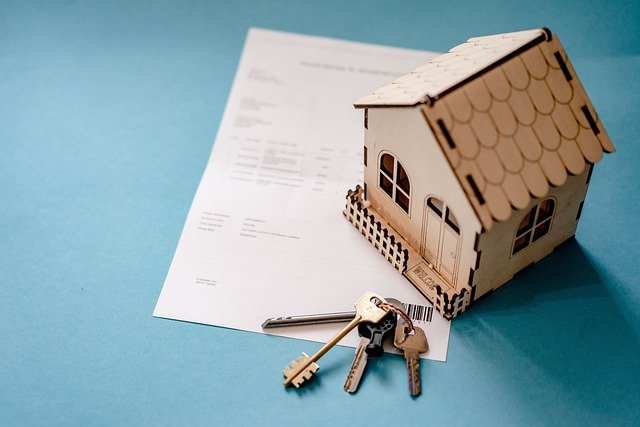Practical Guide to Managing Long-Distance Property Portfolios
Managing property across cities or countries requires clear systems and reliable local partners. This guide outlines practical approaches to overseeing housing investments, coordinating rental and renovation workflows, monitoring valuation and mortgage implications, and handling taxation and relocation logistics. Emphasis is placed on scalable processes, technology choices, and sustainability practices that help maintain portfolio value while reducing friction for owners and tenants.

Property oversight and local services
Effective long-distance property oversight begins with a clear matrix of responsibilities and contact points. Establish relationships with vetted local services—property managers, maintenance contractors, inspectors and cleaning teams—to handle day-to-day housing needs. Create standardized reporting templates that include photos, condition notes, work orders and expense receipts. Regularly scheduled virtual inspections and periodic in-person visits (by staff or trusted agents) help bridge distance while ensuring tenant satisfaction and timely repairs. Centralize documents such as leases, insurance policies, and warranty records in a secure cloud system to streamline collaboration with local teams.
Investment strategy across regions
Regional diversification can reduce risk but adds complexity for valuation and taxation. Define investment criteria up front: target yield, acceptable cap rate, allowable vacancy rate, and expected time horizon. Research local market drivers—employment trends, infrastructure projects, and zoning changes—to align acquisition and disposition decisions. Use consistent valuation methods across the portfolio to compare housing assets fairly, adjusting for local factors such as property taxes, insurance costs, and typical renovation expenses. Monitor mortgage structures for each property and consider how refinancing or fixed versus variable rates affect cash flow in different markets.
Rental and leasing management
Long-distance rental management benefits from repeatable systems for tenant screening, leasing, and communication. Standardize lease templates to reflect local legal requirements and incorporate clear clauses for maintenance, access, and repairs. Implement online rent collection, digital notices, and a tenant portal for submitting maintenance requests and documents. Outsource showing management to local agents or virtual touring services to reduce vacancy time. Maintain a network of reliable contractors to perform move-in inspections, turnover cleaning, and repairs quickly; a predictable turnover process reduces downtime and preserves rental income.
Valuation and mortgage considerations
Regular valuation reviews help inform refinancing, insurance updates, and sale decisions. Use a combination of comparative market analysis, rent roll assessment, and expense ratio review to gauge property performance. Track mortgage terms and covenant requirements for each asset; long-distance portfolios often include a mix of mortgages with differing interest structures and prepayment clauses. Coordinate with mortgage advisors and local appraisers when refinancing or adjusting loan-to-value targets. Keep a schedule for reappraisals and insurance renewals to avoid surprises that could affect financing or casualty coverage.
Renovation, maintenance, and sustainability
Renovation planning should balance cost, expected increase in valuation, and tenant appeal. Prioritize projects with clear returns: efficiency upgrades, durable finishes, and safety improvements. Work with local contractors who provide transparent quotes and warranties; require photo and invoice documentation for every job. Integrate sustainability measures—LED lighting, programmable thermostats, water-efficient fixtures—to reduce operating costs and improve long-term marketability. Track renovation budgets against valuation changes to ensure investments align with portfolio objectives and local market expectations.
Taxation, relocation, and portfolio administration
Taxation is a cross-jurisdictional issue that requires local expertise. Engage tax advisors familiar with each location’s property tax rules, rental income reporting, and allowable deductions related to mortgage interest, depreciation, and renovation costs. For properties involved in relocation transactions, document timing and any applicable relocation assistance or local compliance requirements. Build a central accounting framework that consolidates income, expenses, tax positions and cash-flow forecasts for the entire portfolio. Regular reconciliations, automated bookkeeping integrations, and annual reviews with local accountants reduce audit risk and improve transparency.
Conclusion Managing a long-distance portfolio combines operational discipline with strategic oversight: set consistent standards for local partners and documentation, use technology to centralize reporting and tenant interactions, and apply uniform valuation and financial controls across regions. Attention to renovation priorities, sustainability measures, mortgage terms, and tax compliance helps protect asset value and supports predictable income. Clear processes and reliable local teams are the foundations that enable scalable, resilient portfolio management without sacrificing attention to individual properties.





